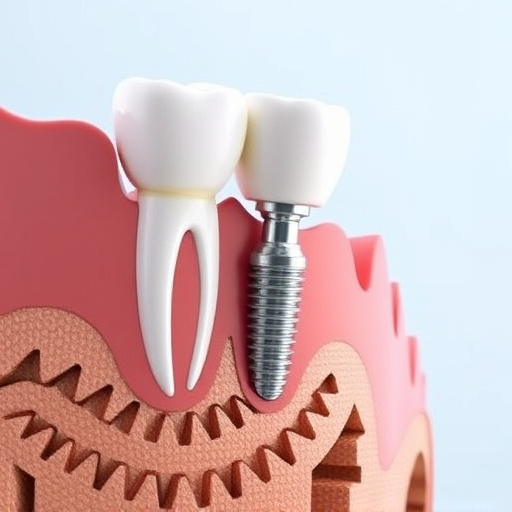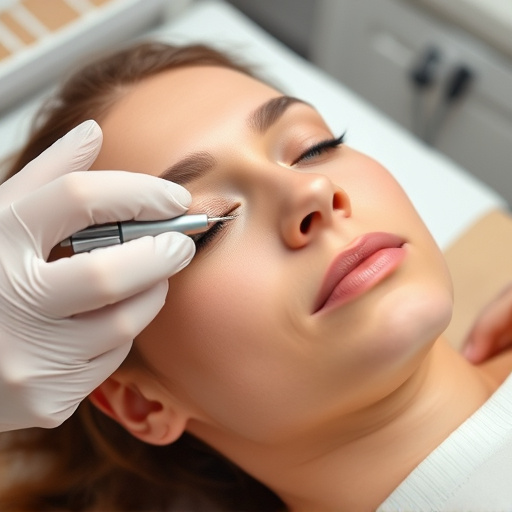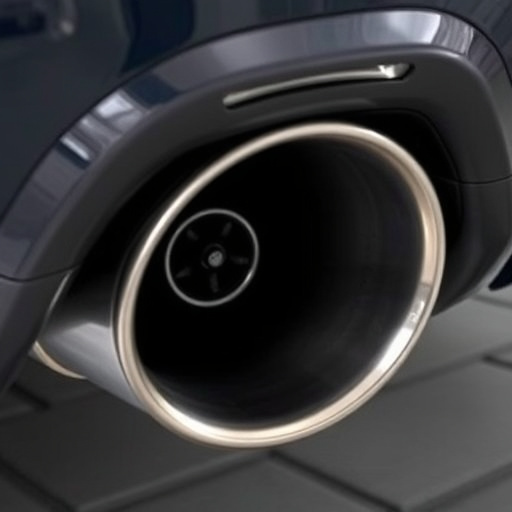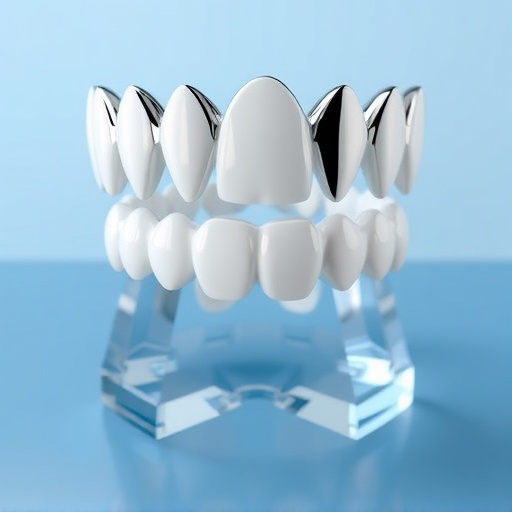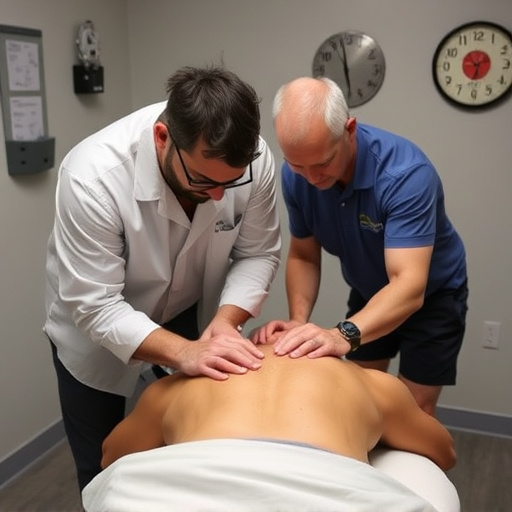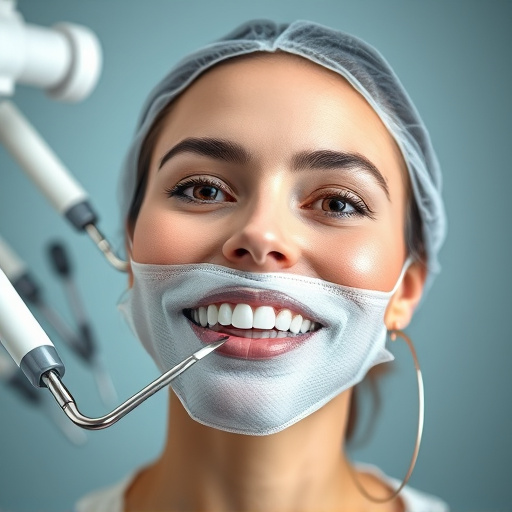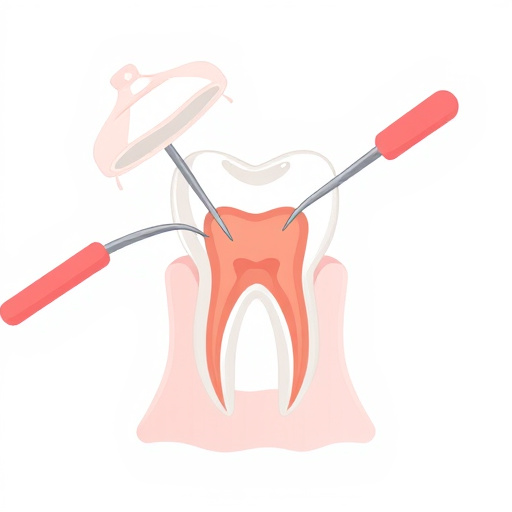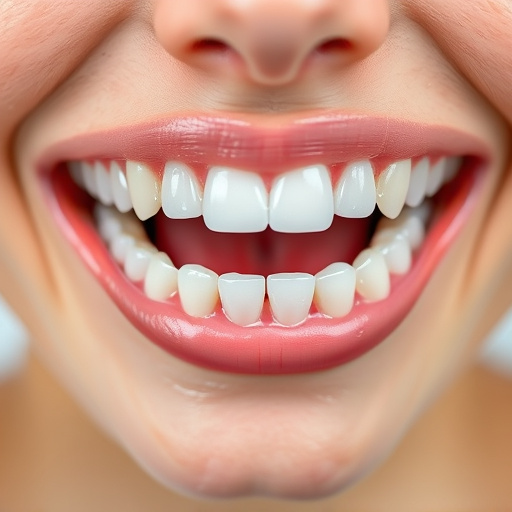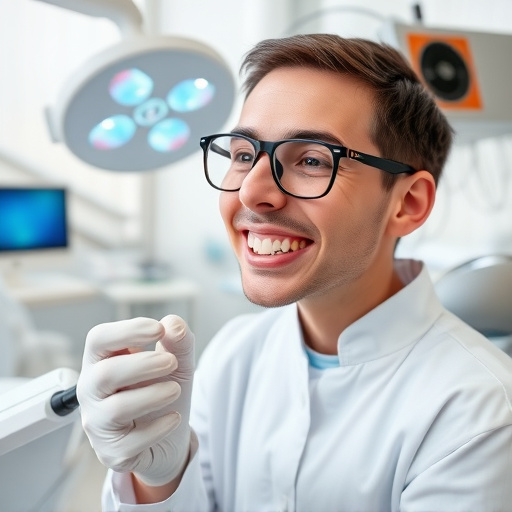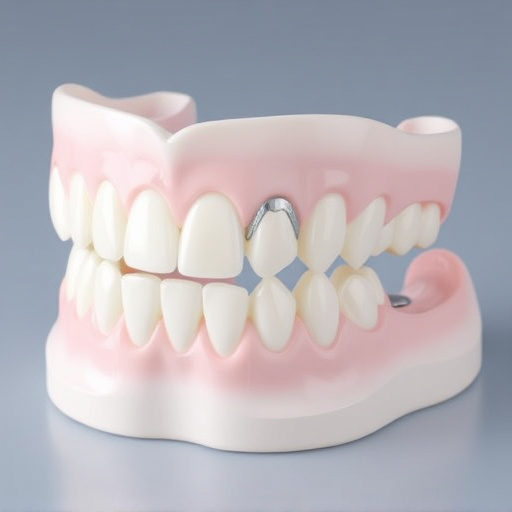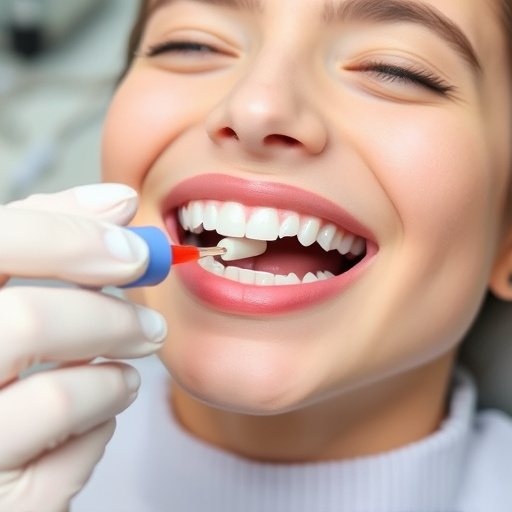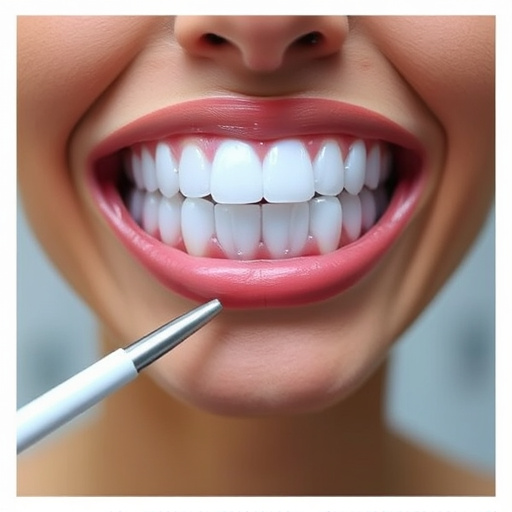Oral health assessments using visual, tactile, and technological methods are crucial for early cavity detection. Dentists employ visual exams, digital X-rays, intraoral cameras, and specialized tools to identify decay signs in children's, general, and cosmetic dentistry. Technological advancements revolutionize oral health management by enhancing diagnosis accuracy, guiding restorative practices, and ensuring better long-term dental health.
Oral health assessment is a crucial tool in maintaining a healthy smile. By employing various techniques, from visual and tactile examinations to advanced technology, dental professionals can early detect cavities and decay. This comprehensive guide explores the different methods used in oral health assessment, highlighting their significance in preventive care and ensuring timely treatment. Discover how these practices contribute to a vibrant, cavity-free life.
- Understanding Oral Health Assessment Techniques
- The Role of Visual and Tactile Examinations
- Advanced Tools for Cavity and Decay Detection
Understanding Oral Health Assessment Techniques
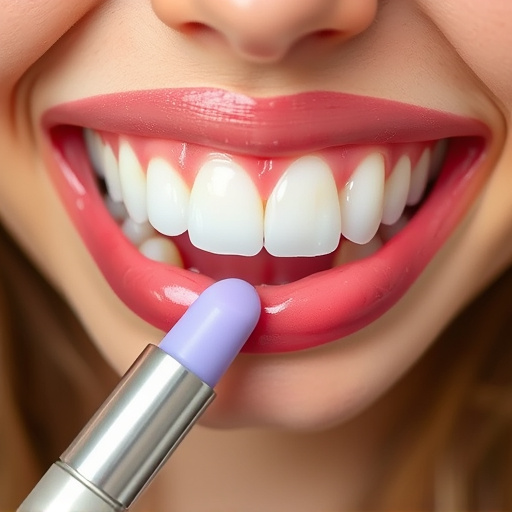
Oral health assessment is a critical component of maintaining optimal dental health. Techniques such as visual examination, using dental mirrors and lights to scrutinize teeth and gums, play a foundational role in detecting early signs of cavities and decay. Dentists also employ advanced tools like digital X-rays, which provide detailed images, enabling them to identify areas of concern not visible during a manual checkup.
In the realm of general dentistry, children’s dentistry, and cosmetic fillings, understanding these assessment methods is paramount. Early detection through oral health assessment can prevent minor issues from escalating into more serious problems, ensuring a bright and healthy smile for years to come.
The Role of Visual and Tactile Examinations
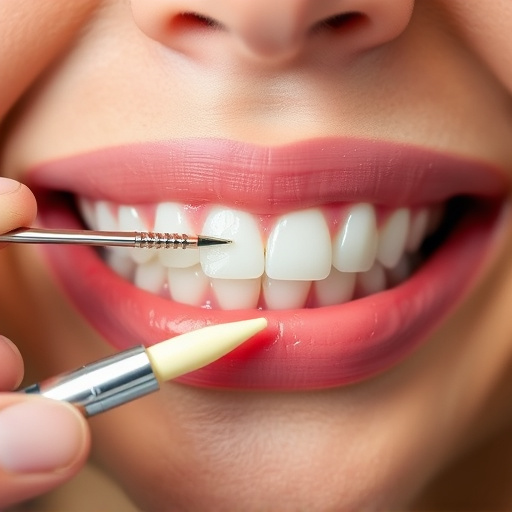
Oral health assessments play a pivotal role in early cavity and decay detection through visual and tactile examinations. Dentists meticulously inspect teeth for any signs of discoloration, shape abnormalities, or texture changes, which could indicate early stages of caries. Using specialized tools, they gently probe and feel along the tooth surfaces, checking for sensitivity, mobility, or areas of softened enamel – all potential red flags for decay.
These visual and tactile methods are not only crucial for identifying existing problems but also for anticipating future issues. Regular oral health assessments, often incorporated into routine check-ups at family dentistry practices, allow for prompt intervention when necessary, minimizing the need for extensive tooth repair through restorative dentistry procedures.
Advanced Tools for Cavity and Decay Detection
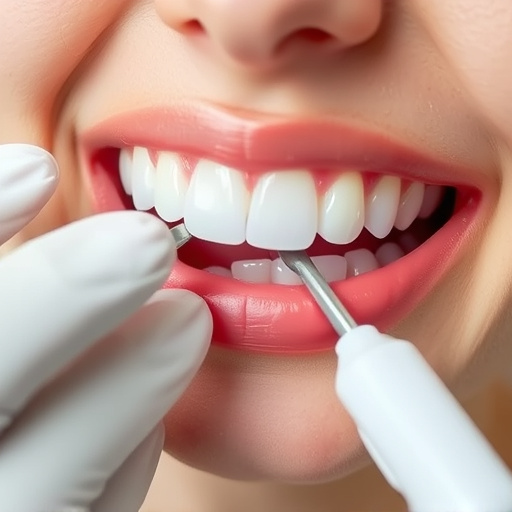
In the realm of oral health assessment, advancements in technology have led to innovative tools that significantly enhance cavity and decay detection. Traditional methods often relied on visual inspection and patient reporting, but modern techniques go beyond these limitations. Dental professionals now employ advanced imaging technologies like digital X-rays and intraoral cameras, which provide detailed, clear images of teeth and gums, enabling early detection of subtle cavities or areas of demineralization that might be missed by the naked eye.
Furthermore, advancements in general dentistry have introduced specialized devices for precise diagnosis. For instance, dental lasers can pinpoint areas of decay with exceptional accuracy, while advanced sensors and software analyze bite forces and oral conditions to predict potential problems. Even restorative dentistry techniques, such as using dental implants, benefit from these innovations, ensuring more effective treatment planning and overall oral health management.
Oral health assessment techniques, including visual and tactile examinations along with advanced tools, play a pivotal role in early cavity and decay detection. By incorporating these methods into routine dental care, professionals can significantly improve patient outcomes and prevent widespread dental issues. This comprehensive approach to oral health assessment is a key step towards maintaining a vibrant and healthy smile for years to come.
